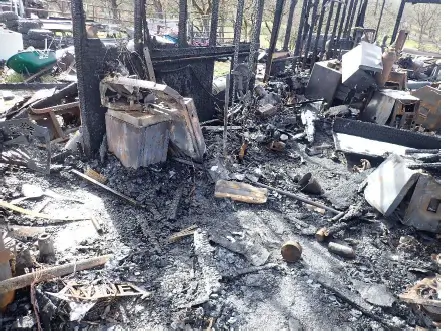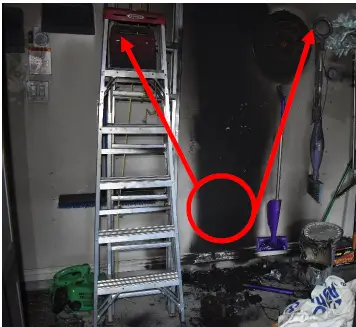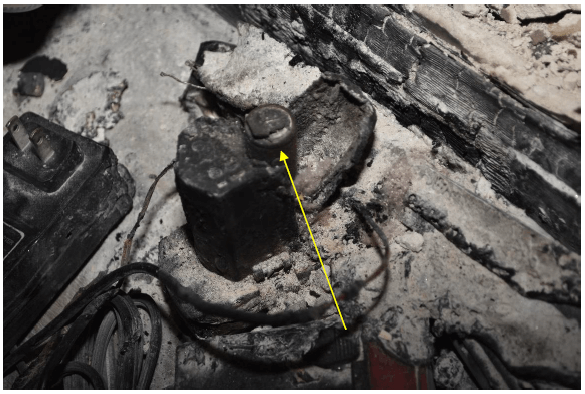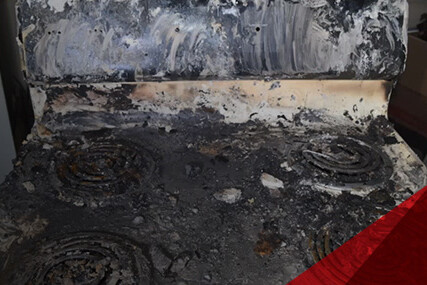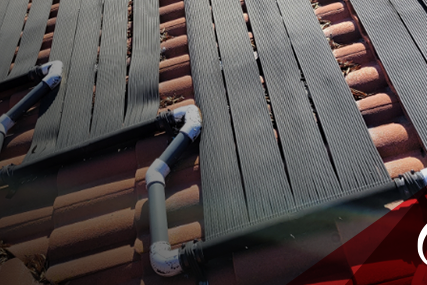3 Fires Related to Lithium-Ion Batteries – and Why They Happened

The rise in use and popularity of lithium-ion batteries has resulted in an unintended increase in something else in recent years – fires. From Jan. 1, 2021, through Nov. 28, 2022, the Consumer Product Safety Commission received reports of nearly 210 fire or overheating incidents from 39 states involving micromobility devices like e-scooters and hoverboards that use lithium-ion batteries. These batteries are also used in laptop computers, cell phones, tools, e-bikes, electric vehicles, and other electronic devices that require a lot of energy in a small amount of space.
According to the National Fire Protection Association (NFPA), if that energy is released uncontrolled, it generates heat and creates flammable, toxic gases. Before handling a claim for a fire or loss caused by a lithium-ion battery, understand different reasons these batteries pose such a risk by reading about real fire investigations and their results.
User error and manufacturer’s defect are among the reasons lithium-ion batteries may explode, like this one that caused a garage fire.
Causes of Lithium-Ion Battery Fires
Lithium-ion battery fires may occur regardless of if someone is nearby or even if the battery is in use, which makes the resulting incidents cause varying degrees of damage that can sometimes be deadly. From January 2021 to March 2023, New York City reported 12 deaths and 266 injuries from lithium-ion battery fires, which prompted the city to sign bills into law to strengthen fire safety and regulate lithium-ion batteries sold there.
Overheating, igniting a fire, and explosions occur most often when batteries are damaged or are improperly used, charged, or stored, according to the NFPA. This may also include if batteries are penetrated, crushed, exposed to water, have electrical damage, are left in extreme temperatures, or have product defects.
When a battery cell self-heats due to uncontrolled chemical reactions on the internal anode or cathode initiated by abuse or defect, it’s called thermal runaway. This can result in an explosion or fire due to the rapid release of the battery’s stored energy and energy produced when the heat starts breaking down the battery’s cell components. Thermal runaway can take place very quickly or over a long period of time.
User Error: Charging Mistakes
Two common causes for lithium-ion battery fires result from user error: People charging the batteries on a charger that has a higher voltage than the battery can handle or policyholders manipulating battery components.
“Bypass Method Observed on Social Media”
This is what’s left of the garage where the insured stored his tools – and charged a lithium-ion battery on a wooden bench under wooden cabinets.
A policyholder was charging a lithium-ion battery in a charger he purchased that wasn’t working correctly. He reported using a bypass method he learned from social media to fix the battery’s internal charge. Soon after, he saw black smoke coming from the garage where it was charging.
National Fire Experts’ Determined Most Plausible Cause: The most plausible hypothesis is device failure from the manipulation of battery electrical components by the insured.
Manufacturer’s Defect
Sometimes further investigation is needed to determine whether a fire was caused by user error or something that failed within the battery itself.
“The Odor of Burning Plastic”
The V-shaped pattern of the fire evidence points to the remains of cordless vacuums and their chargers where the fire started.
A National Fire Experts (NFE) investigation determined the first fuel ignited in one fire incident was the electrical components of lithium-ion batteries that were with two cordless vacuum cleaners and their associated chargers. The insured reported smelling burning plastic and found the smoldering fire in the garage where the vacuum cleaners were plugged in. The NFE investigator concluded that the heat from the defective or overcharged lithium-ion battery or charger(s) caused the electrical components to overheat and ignite.
National Fire Experts’ Determined Most Plausible Cause: The most plausible hypothesis is a manufacturer’s defect in one of the aftermarket lithium-ion battery packs. A laboratory study would provide expert analysis to determine if it was a manufacturer’s defect or if it was related to overcharging one of the battery packs.
“Heard Another ‘Pop’ and Observed Fire Again”
NFE investigators point out the catastrophic failure that occurred on a battery that wasn’t plugged into the charger.
A lithium-ion battery may ignite a fire even when it’s not being charged or in use.
A fire marshal who responded to the scene reported that there was fire damage along a dining room wall where battery chargers were on the floor next to the batteries. The battery chargers were not plugged in at the time of the fire. Instead, the tenant reported hearing a pop and saw fire and sparks coming from the battery on the floor. Another pop resulted in an additional fire after the first had been extinguished.
National Fire Experts’ Determined Most Plausible Cause: One of the lithium-ion batteries displayed evidence consistent with catastrophic failure, and the resulting fire caused damage to the battery charger plastic housing and components, batteries, wood trim, wall board, and plastic receptacle.
Get Comprehensive Answers Before Handling a Battery-Related Claim
Fire claims are complex as it is and may require multiple experts to investigate. First, make sure you know exactly where the fire started and why. With hundreds of years of combined experience, National Fire Experts investigators adhere to the National Fire Protection Association’s (NFPA) guidelines and standards to evaluate the evidence from any fire scene to provide an actionable, top-of-class report.
As seen by the fire investigations above, NFE will determine if a lithium-ion battery was involved and provide the most plausible explanation for why a fire started. If further investigation is needed to help determine if a third party may be at fault, adjusters can count on the licensed engineers at the Component Testing Laboratory, also part of the Alpine Intel suite of services, to test evidence using specialized equipment. Submit an assignment to receive comprehensive answers to your fire and product failure investigation questions.
Know What to Expect from a Fire Investigation
Related Resources
Storm-Related Claim Case Study
Read about a residential claim that stemmed from an unusual winter storm in Texas that included several different electrically powered items.
Investigating Residential Kitchen Fires Webinar Recording
You’ll learn about fire investigation practices, technical forensics used to determine the cause of residential cooking fires, and ways to minimize risk during the webinar.
Demand for Solar Water Heaters is Rising – And the Number of Related Claims Could Be Next
Insurance professionals shouldn’t be in the dark about how solar water heaters work and what different perils they are susceptible to compared to their gas and electric counterparts.


